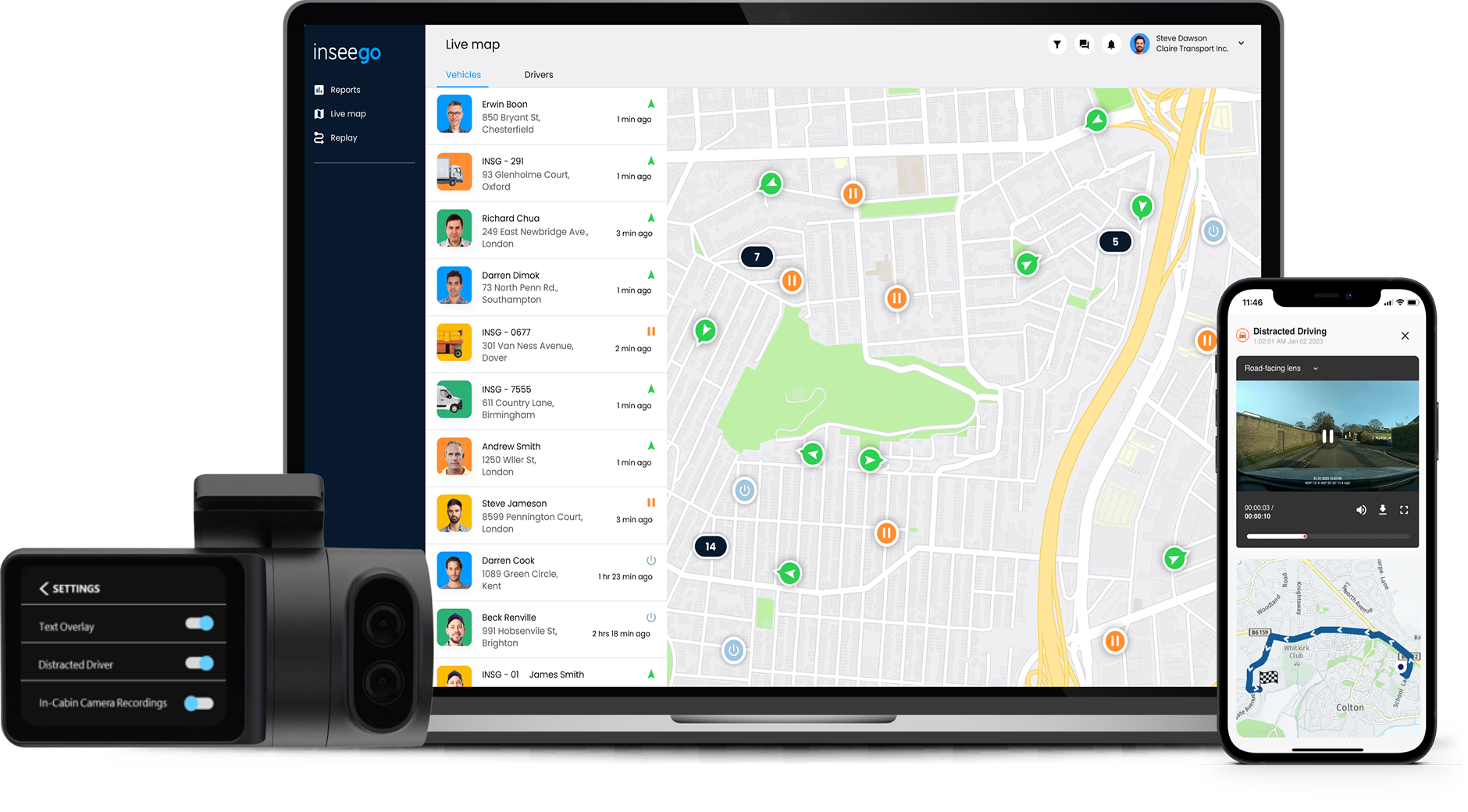More from the 5G glossary
View all 5G glossary entriesWhat is Carrier Aggregation?
Carrier aggregation is a technique used in mobile networks to boost data speeds. It involves using multiple carriers simultaneously to create a wider channel for data transmission. This results in increased data throughput and reduced latency, allowing for a more efficient and responsive mobile network.
Carrier aggregation is made possible by the use of carrier aggregation capable devices, which are able to connect to multiple carriers at the same time. These devices are typically high-end smartphones and tablets, which are able to take advantage of the increased data speeds and improved latency that carrier aggregation offers.
One of the key benefits of carrier aggregation is that it allows mobile networks to make use of underutilised spectrum, which would otherwise go unused. This helps to improve the overall efficiency of the network and allows for increased capacity, which is especially important in densely populated areas.
In addition, carrier aggregation can also help to improve coverage in areas where there is weak or patchy signal. By using multiple carriers, the chances of being able to find a strong signal are increased, which can be a lifesaver for those who live in rural areas or who travel frequently.
Overall, carrier aggregation is a valuable tool that can help to improve the performance of networks.





